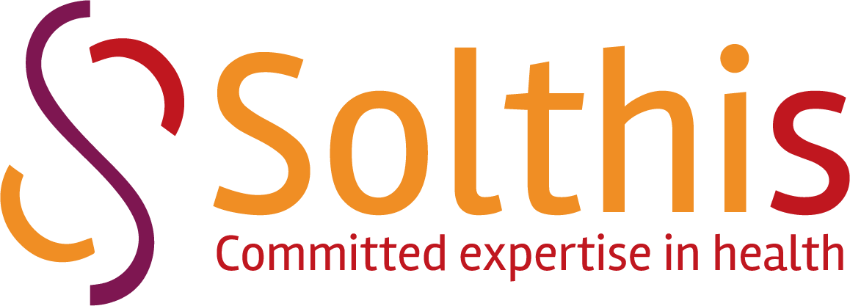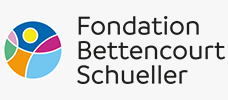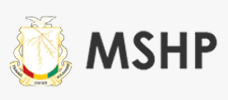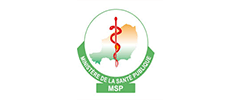February 2013 – May 2016
Guinea, Niger
In Niger, 41,000 people are living with HIV/AIDS, including 9,000 children and 2,500 pregnant women. In Guinea, 130,000 people are living with HIV/AIDS, including 13,000 children and 6,000 pregnant women. Niger and Guinea receive grants from the Global Fund to finance their national HIV/AIDS programs, but despite the voluntary commitment and progress made in these countries, access to HIV/AIDS treatment is still inadequate. Indeed, these countries do not always have the necessary skills and capacities to ensure optimal implementation of these grants. The CASSIS project (Capacités pour l’Accès aux Soins et le Système d’Information Sanitaire – Capacities for Access to Care and the Health Information System) provides capacity-building support in these two areas:
- Access to healthcare
- Health Information System
Objectives
Build an accessible, efficient and sustainable HIV/AIDS medical care system.
Area 1: Strengthening capacity for access to care
Decentralize: start screening, treating and monitoring patients in new health facilities
Improve the quality of care: keep patients in care and improve medical monitoring at supported care sites.
Priority 2: Strengthen Health Information System capacities
Strengthen the data collection and reporting circuit for all HIV care sites
Strengthen strategic analysis capacities (appropriation, evaluation, steering)
Activities
At national level: with the Ministry of Public Health and the CNLS (Guinea)
- Technical support for the development of national strategic documents (National Strategic Frameworks, HIV care protocols, decentralization plans)
- Support for the management and use of data for the strategic steering of the national HIV program
- Establishment of a pool of national trainers and support for the definition of a national training plan; development of training modules updated with international recommendations and national protocols.
At regional level: support for the Directions Régionales de la Santé (DRS) and Directions Préfectorales de la Santé (DPS)
- Strengthening management teams in terms of formative supervision
- Setting up regional mentors (experienced doctors and pharmacists from regional hospitals) to support sites starting up HIV care
- Strengthening supervision of data collection, feedback and analysis
Health facilities:
- Assessment and upgrading of 16 health facilities: fitting out and equipping, setting up circuits (drugs, biological examinations, data)
- Training of health staff to start up HIV care in 10 prefectural hospitals and health centers
- On-site visits and clinical tutorials to improve the practices of care staff at care sites, as part of a quality improvement approach structured around key indicators; organization of large inter-site clinical staff meetings, in the capital and in the regions.
- Consolidation of data collection circuits at sites
- Support for the computerization of data collection at 11 health facilities
- Training and support for care site staff in analyzing the data produced
Axis 1: Strengthening capacities for access to care
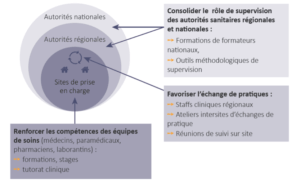
Axis 2: Strengthening capacities for the Health Information System
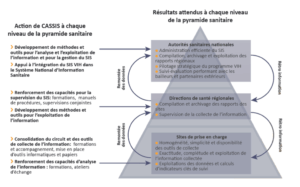
Beneficiaries
-
Ministry of Health Guinea and Niger (PNPCSP and ULSS)
-
Presidency AIDS Unit (CISLS and CNLS)
-
ONUSIDA Niger and Guinea
Results
-
Strengthening the skills of medical and paramedical staff :
Guinea: 22 sites impacted and 400 people trained
Niger: 16 sites impacted and 200 people trained -
Improved geographical access to treatment, extension of care to :
10 health facilities in 7 regions of Guinea
6 district hospitals in the Tillabéri and Dosso regions of Niger -
SIS strengthened at care sites, regional health departments and central level:
Guinea: 46 sites impacted and 100 people trained
Niger: 29 sites impacted and 40 people trained
